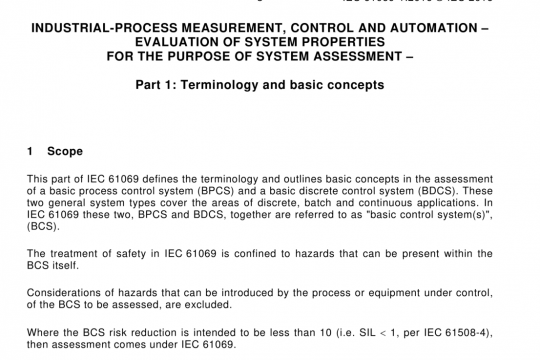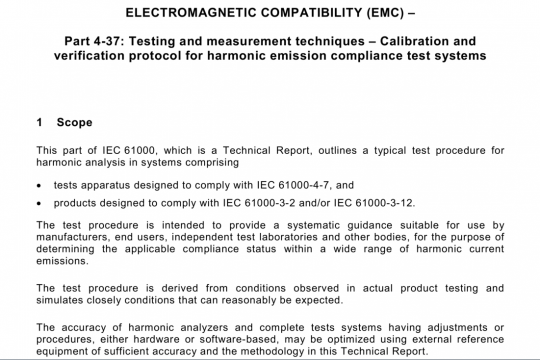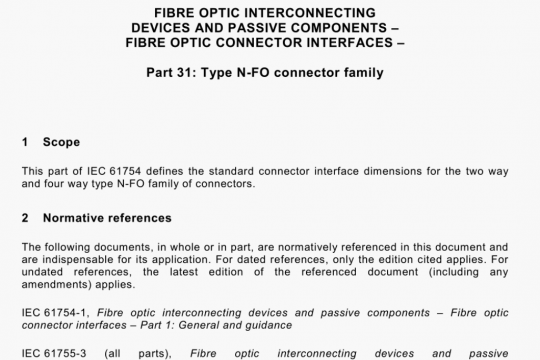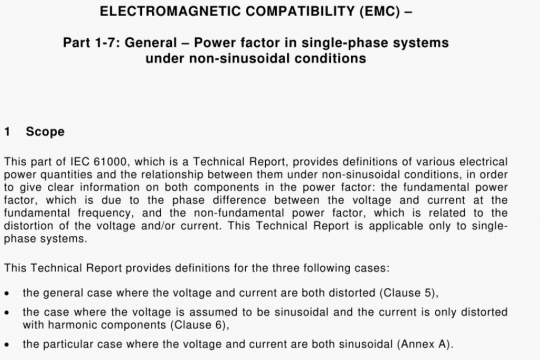IEC 61987-12 pdf free download
IEC 61987-12 pdf free download.Industrial-process measurement and control – Data structures and elements in process equipment catalogues – Part 12: Lists of properties (LOPs) for flow measuring equipment for electronic data exchange.
4 General
4.1 Overview
The LOPs provided by this document are intended for use in electronic data exchange processes performed between any two computer systems. The computer systems can both belong to the same company or they can belong to different companies as described in Annex C of IEC 61987-10:2009.
The OLOP for the family of flow measuring equipment is to be found in Annex A while the DLOPs of the individual flow device types are to be found in Annex B.
Structural elements such as LOP type, block and property defined in this standard are available in electronic form in the “Automation equipment” domain of the IEC Common Data Dictionary (CDD).
4.2 Depiction of OLOPs and DLOPs
4.2.1 General
The properties of the OLOPs and DLOPs useci in mis part of EC 61987 have teen createa in conformance to the requirements of the IEC 61360 series. As such, the structural elements, properties and attributes to be found in the IEC Common Data Dictionary are normative.
4.2.2 Structural roles
The entities within a list of properties can have one of a number of structural roles.
a) Property
A property exists as a property only.
b) Ref. property + Block
A reference property connects a block to the superordinate block or LOP in which it is embedded.
Properties and sub-blocks listed below a block name and placed one position to the right are elements of the block. A block ends when another block name appears in the same column as the block name or in any other column to its left.
The reference property has the same preferred name as the block to which it refers. All attributes of these properties are available in the IEC Common Data Dictionary (CDD).
C) Cardinality property
A cardinality property is connected to the block which immediately follows it. The value of the property (0 … n) in a transaction file determines the number of times the associated block shall be repeated. It is identified by the identifier in the column “Property identifier”.
The preferred name of a cardinality property is “Number of <xxxx>”, where <xxxx> is derived from name of the block with which it is associated.
In the transaction file (see examples in 4.3), it can be seen that a block has been repeated twice:
— the cardinality property directly before the block has a value greater than 1.
— the name of the repeated block is extended by “ followed by the repetition number.
Example:
If the biock Signal function” is repeated 3 times, the following construction occurs in the transaction fiie:
number of signal function has the value 3 cardinality property
“Signal function_I” – first repeated block
“Signal function_2” – second repeated block
d) Ref. property + Block
This role is similar to b) but the block concerned can be repeated according to value of the cardinality property which precedes it.
e) Polymorphic control property
A polymorphic control property provides the means of introducing complete blocks of properties describing different realizations of a particular device function, for instance inputs and outputs. The property has a value list containing the designations of the blocks that may be introduced. When in a transaction file a polymorphic control property is assigned a value, the corresponding block follows (see examples in Tables 2 and 3).
A polymorphic control property is identified in the lEO Common Data Dictionary by the identifier in the column “Property identifier”. The preferred name of a polymorphic property is “<xxxx> type”, where <xxxx> is normally the derived from name of the block with which it is associated.
f) Ref. property + Polymorphic block
This role is similar to b) but the block concerned is created by polymorphism.
g) Polymorphic control property with the fixed value: “<Block name from value list>”
This property appears directly behind the polymorphic block property. It is the same property as the polymorphic control property for the block, but with the fixed value used to create the block (see IEC 61987-10).
4.2.3 Marking of polymorphic areas
To help identify the possible polymorphic blocks in a list of properties in a printable version of this standard, a number with grey background has been added to the rightmost column of the DLOP to indicate the properties associated with the block. It should be noted that in transaction file, only the polymorphic block selected from value list of the polymorphic control property would appear in the superordinate block.IEC 61987-12 pdf download.




